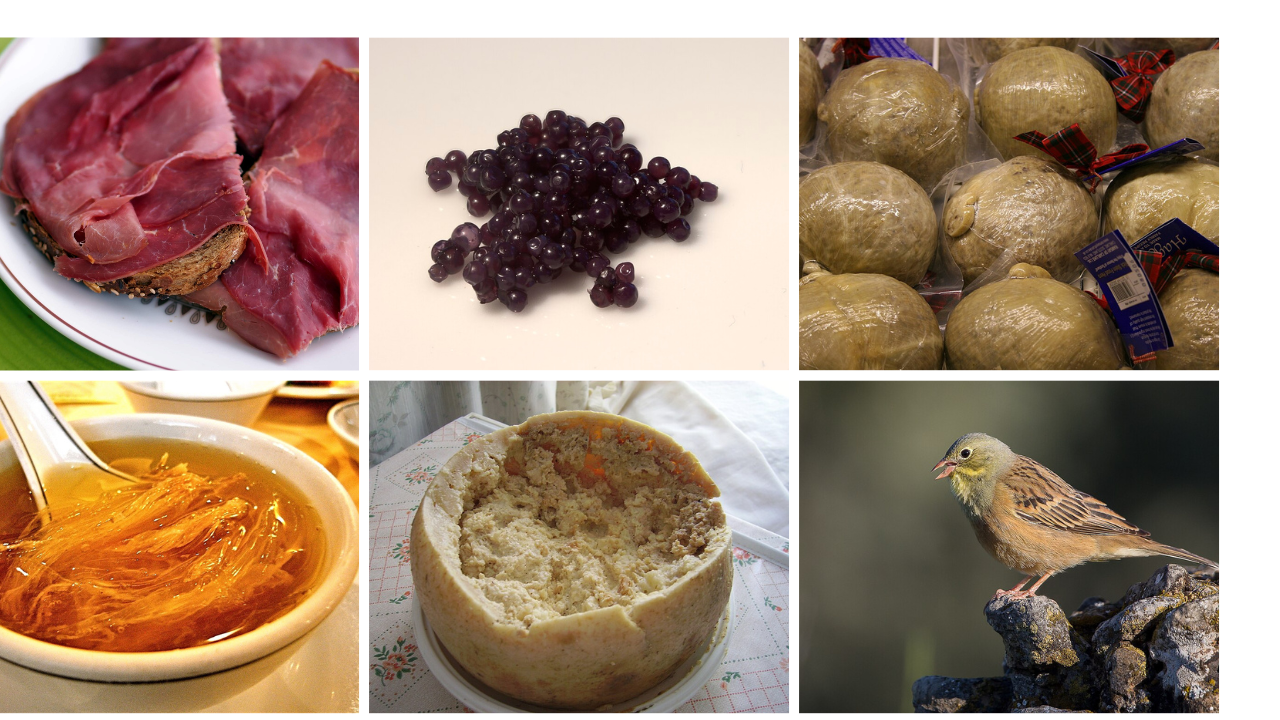Across the globe, the idea of a delicacy depends on where a person stands and which laws follow the plate. Foods treasured in one country can be contraband in another, tripped up by safety rules, wildlife protection, or cultural taboo. In the United States, some of the most talked about banned dishes say less about flavor and more about fear, memory, and ethics. Looking at them together turns dinner into a quiet record of what a nation will and will not tolerate.
Casu Marzu Sardinia’s Maggot Cheese
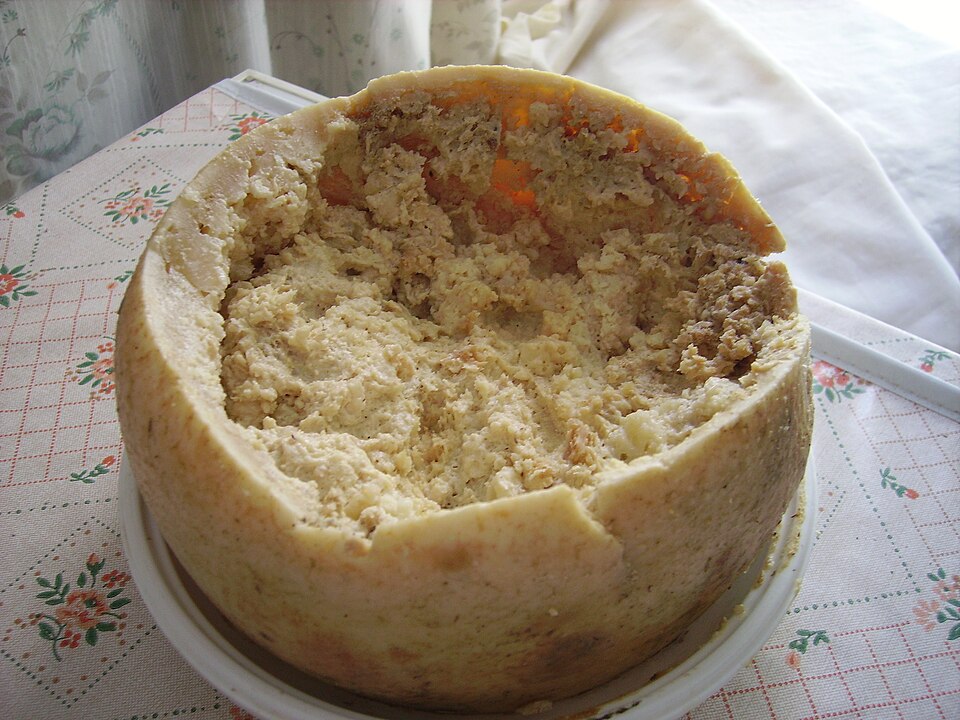
Casu marzu is a Sardinian sheep milk cheese left open so cheese flies lay eggs, and the wriggling larvae break the wheel into a pungent paste. Fans treat it as a test of courage and heritage, but food inspectors see live insects, jumping larvae, and a real chance of infection. Because it fails basic hygiene standards, it cannot be sold legally in the European Union or imported into the United States, so it survives as a quiet black market ritual.
Traditional Haggis With Sheep Lungs
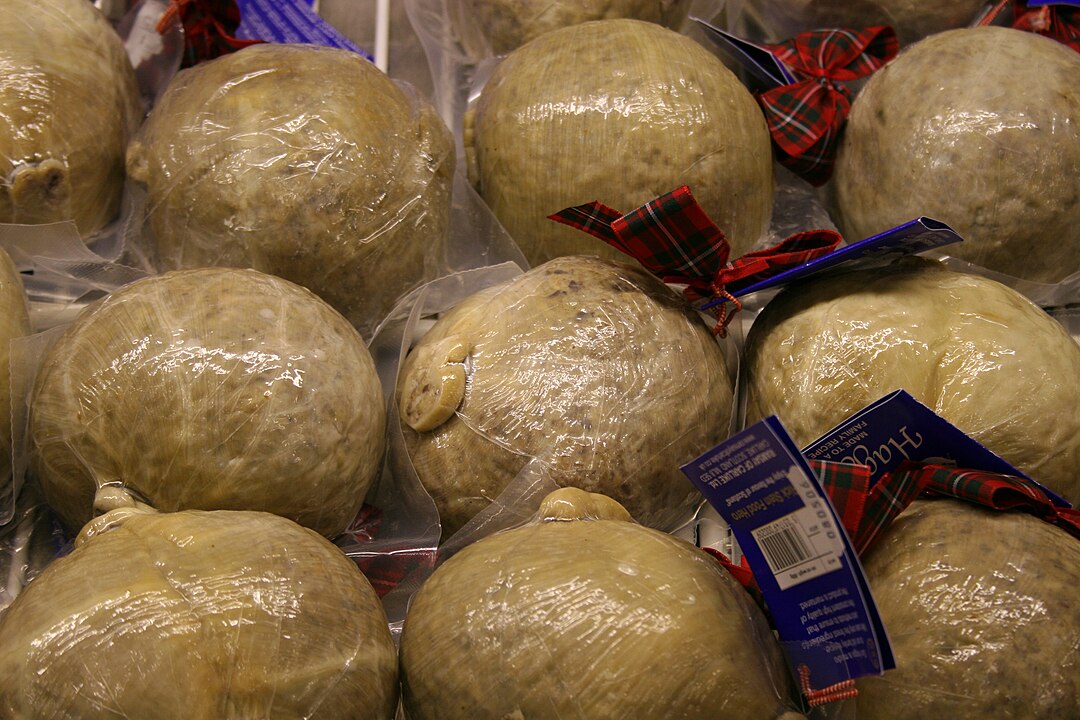
Traditional Scottish haggis mixes minced sheep organs, oats, fat, and spices inside a stomach casing, but the classic recipe relies on lungs. Since 1971, U.S. rules have blocked lungs from the human food chain, citing trapped fluids and higher microbial risk in this tissue. Producers can offer lung free versions, yet for many Scots that compromise strips away history, leaving American diners with an approximation rather than the dish recited in poems and carried into Burns Night toasts.
Kinder Surprise Eggs With Hidden Toys

Kinder Surprise eggs wrap a small toy inside a chocolate shell, hiding the plastic capsule completely from view. That design collides with a long standing U.S. rule that bans candy embedding non edible objects, after earlier choking incidents with similar treats. Regulators point to the risk for young children who might swallow the capsule whole, so customs officers seize incoming eggs at the border while American shelves carry only redesigned versions where toys sit safely outside the candy.
Sea Turtle Meat And Turtle Soup

In the nineteenth and early twentieth century, turtle soup signaled luxury in hotels, steamships, and private clubs, built on meat from large sea turtles. Once surveys showed populations crashing, the United States listed all native sea turtle species under the Endangered Species Act and cut off legal harvest and trade. Health officials also warn about heavy metals and rare toxins in turtle meat, so the former status dish now stands as a sharp example of appetite giving way to conservation.
Ortolan Bunting A Vanishing Songbird Ritual

The ortolan bunting is a tiny migratory songbird that once appeared in secret late night suppers, especially in parts of France, where wealthy diners ate the bird whole in one bite. Intense trapping hammered already fragile populations, and the bird is now protected under European law, which bans its capture and sale. Because the United States follows similar migratory bird protections and trade rules, the dish remains off limits, remembered more as a story of excess than as an actual course.
Beluga Caviar From Wild Sturgeon
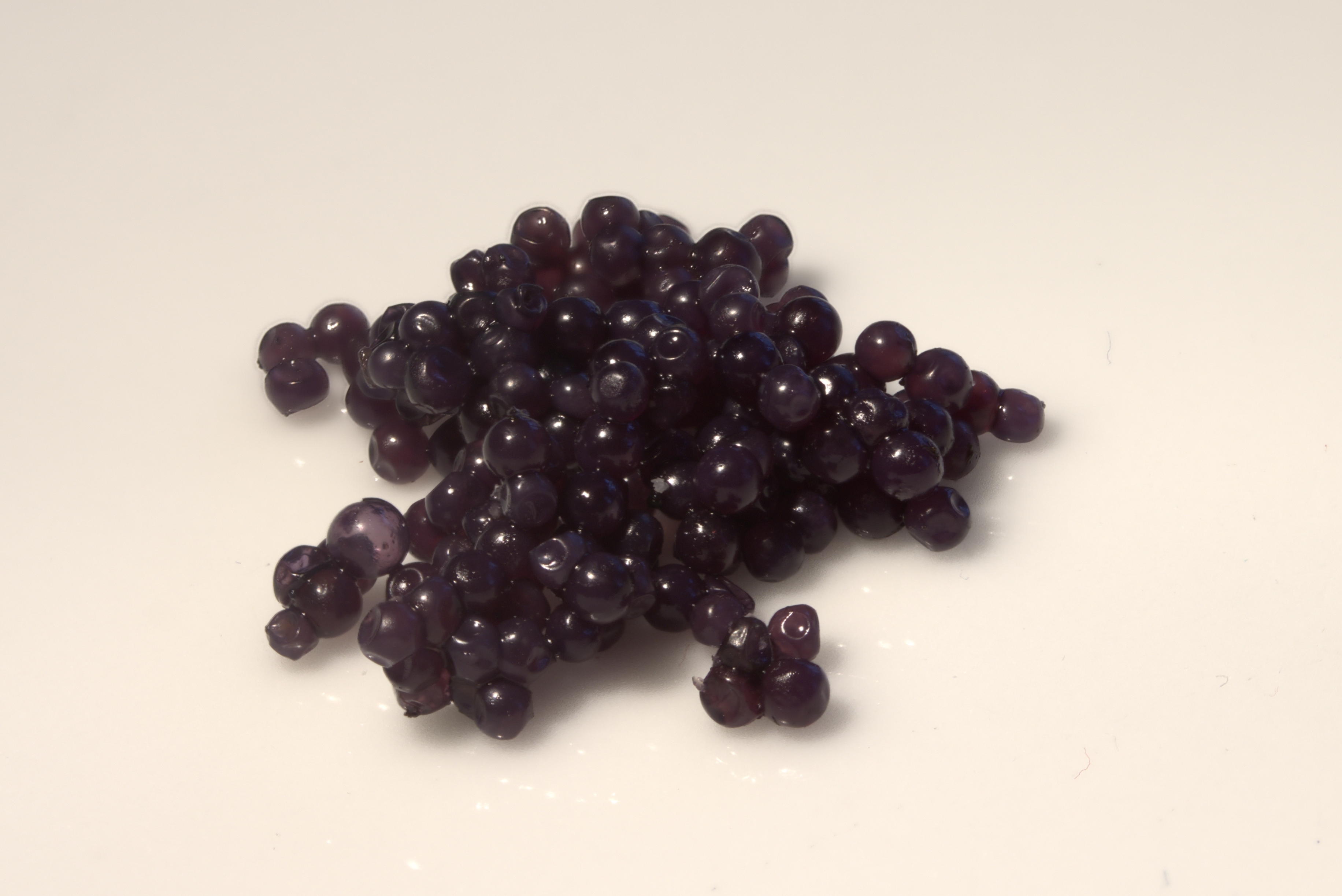
Beluga caviar, taken from the eggs of the beluga sturgeon, long served as shorthand for ultimate luxury in grand dining rooms. Intense fishing in the Caspian and Black Sea basins, combined with habitat loss, drove the species into steep decline and led to a threatened listing under the U.S. Endangered Species Act. A federal moratorium now blocks import and export of true beluga caviar, so American menus rely instead on other farmed sturgeon and paddlefish roes.
Shark Fin Soup And The Fin Trade
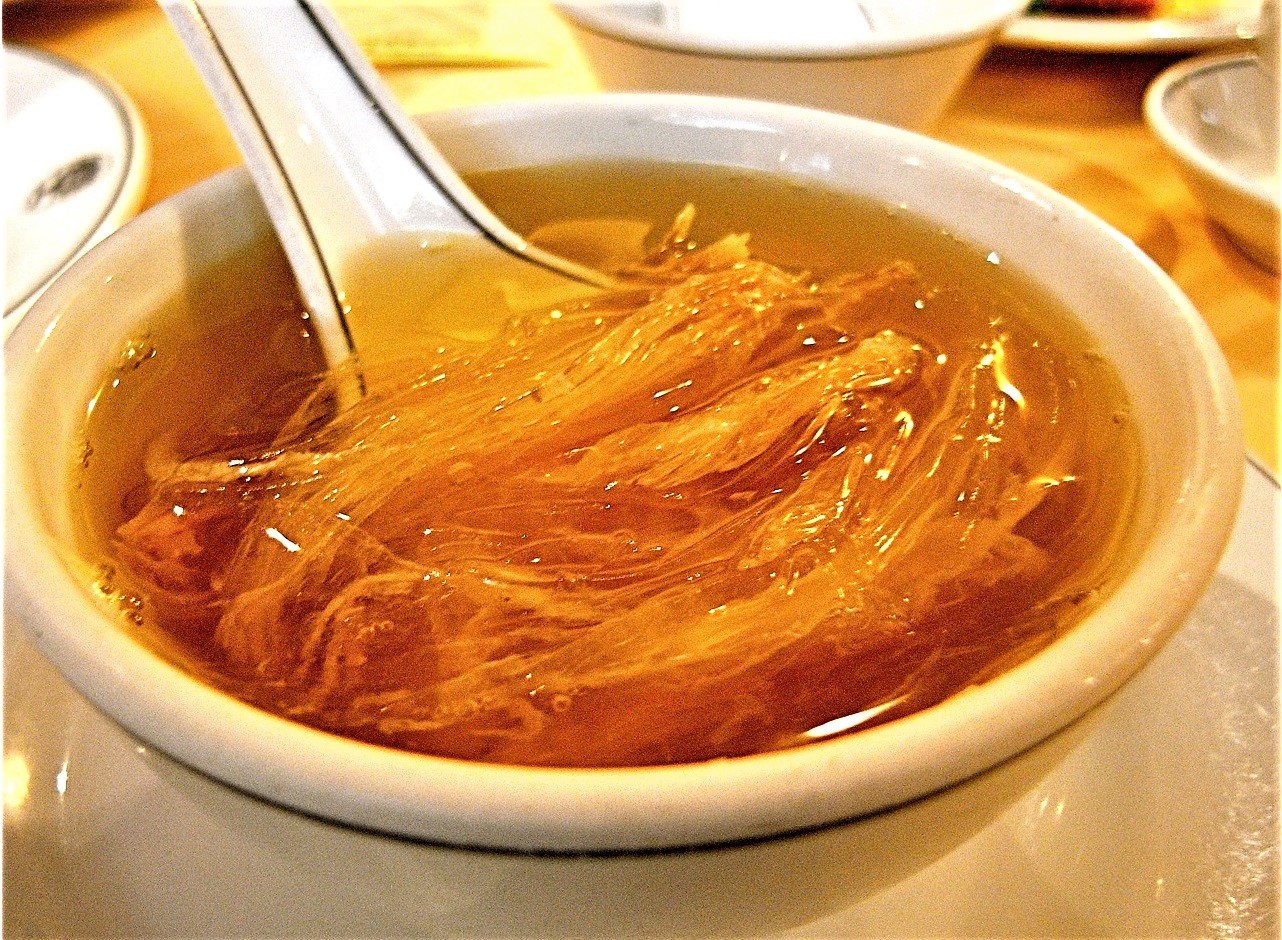
Shark fin soup rose as a banquet dish that signaled status, its clear broth and strands of fin served at weddings and corporate tables across parts of East Asia. Behind that delicate texture sat finning, where crews sliced off fins and dumped wounded sharks back into the ocean, driving many species toward collapse. The United States first restricted finning at sea and has now passed a nationwide ban on commercial trade and sale of fins, cutting the supply chain that once fed demand.
Horse Meat On The Cultural Red Line
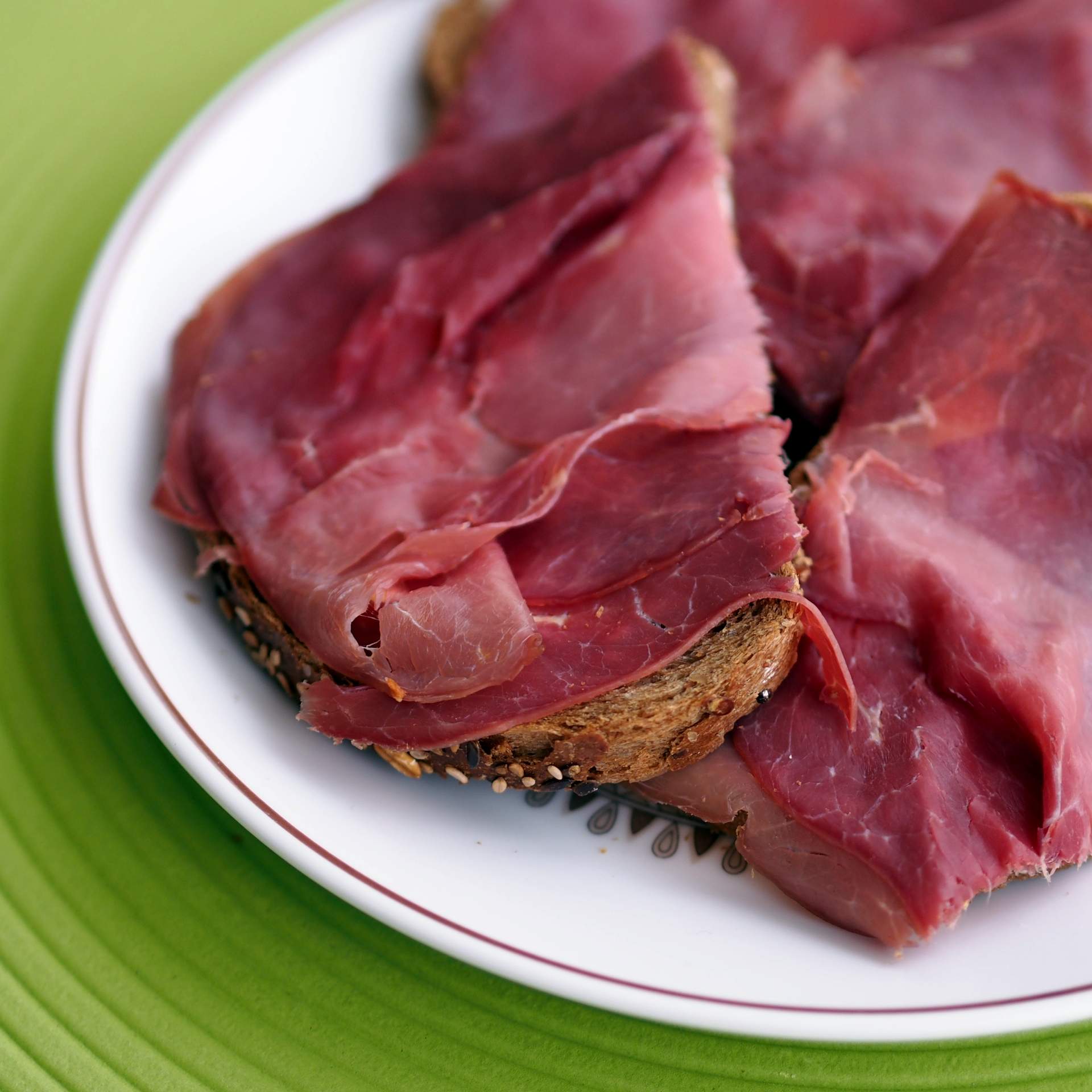
Horse meat sits at a cultural crossroads in the United States, where horses are seen more as companions and athletes than livestock, even though the meat appears on tables in parts of Europe and Asia. Federal law requires inspection for any meat sold for people, yet Congress has often withheld funding for horse plants, making commercial slaughter effectively impossible. State bans and strong public resistance keep horse meat off American menus, more taboo symbol than actual dish.
